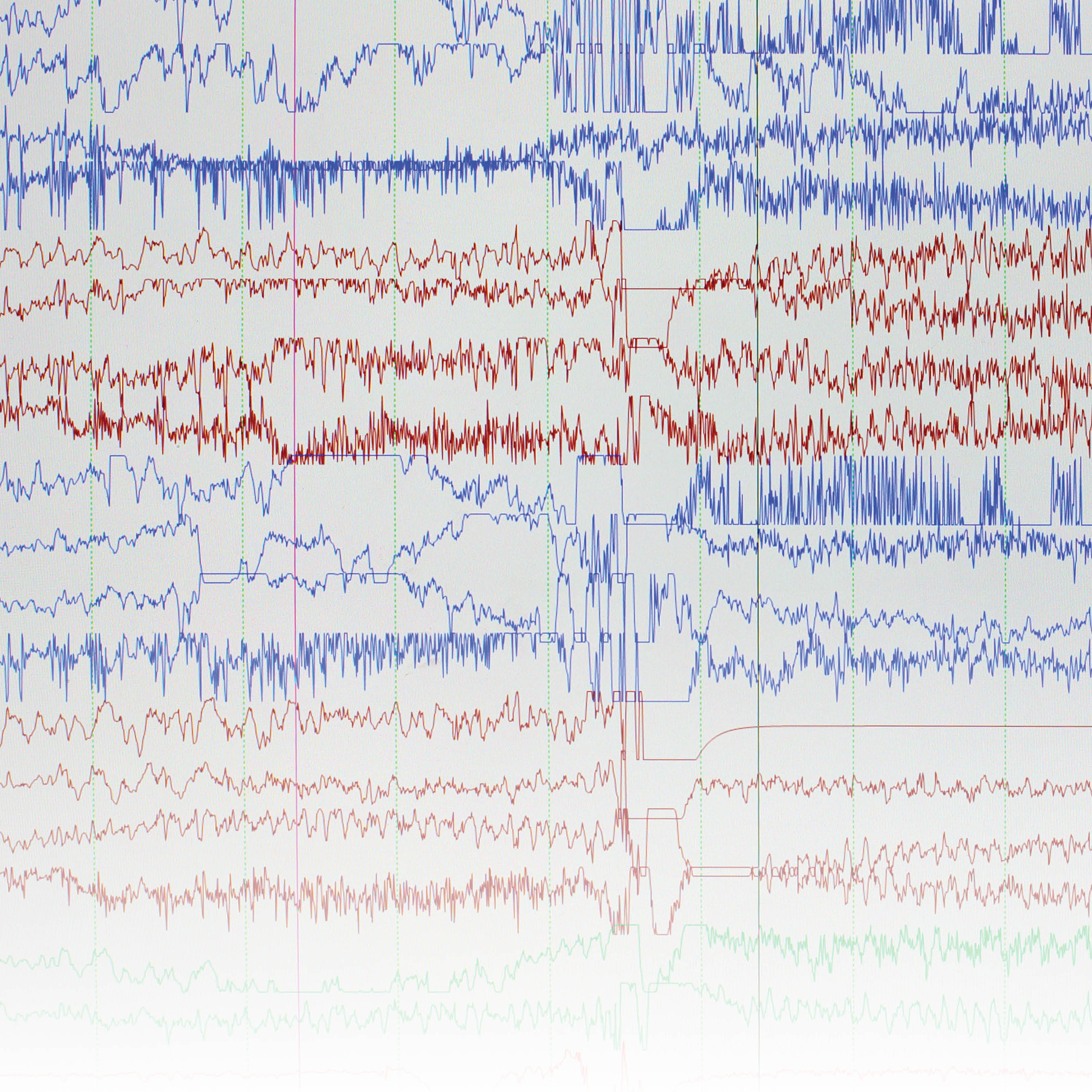For the more than 3 million epilepsy patients in the U.S., just over half can adequately control their seizures with a single drug or a combination of two medications. However, about 40% have drug-resistant epilepsy, necessitating surgery if they’re candidates, or life with a dangerous and damaging disease if they aren’t. These patients have significantly lower quality of life, says Johns Hopkins neurologist and epilepsy specialist Gregory Krauss, with a significantly higher risk of impaired social interactions, employment issues, falls and even unexpected death.
But in a recent clinical trial led by Krauss, a new drug known as cenobamate — a sodium channel modulator that also augments release of the inhibitory neurotransmitter gamma-aminobutyric acid (GABA) — showed promise for patients with treatment-resistant focal onset seizures. The results of this trial were published in The Lancet Neurology in November 2019.
Physicians: To learn more, call 410-955-9441 or visit hopkinsmedicine.org/epilepsy.
The trial tested the drug or a placebo among 437 patients across 107 institutions in 16 countries. Each of these patients had medically refractory focal epilepsy even though they were taking up to three anti-seizure medications. To qualify for the trial, a patient needed to have a history of eight or more seizures during the past eight weeks.
Krauss and his colleagues used double-blind methodology to divide the patients into four roughly equal groups: One was assigned to take a placebo, and the three other groups were assigned to cenobamate at a 100 milligrams, 200 mg or 400 mg dose. Those on the medication ramped their doses up slowly to the testing dose over six weeks, and then spent the next 12 weeks taking that amount as a once-a-day tablet. The researchers then compared the four groups to see how their seizure activity might have changed since baseline.
Their results showed dramatic effects for the two highest-dose groups in particular. Those taking either the 200 mg or 400 mg tablet had 55% fewer seizures overall, with 21% stopping seizures altogether.
Currently, more than 20 anti-seizure drugs are on the market. But while 15 new epilepsy drugs have become available since 1993, none of these has a seizure-free rate greater than 5% among people with treatment-resistant epilepsy, explains Krauss. That makes cenobamate’s performance even more surprising and potentially revolutionary.
Krauss notes that more studies will be needed to thoroughly define the drug’s safety profile. In this study, patients were required to continue taking their current anti-seizure medications, and drug interactions may have caused frequent but mild adverse events, such as dizziness, headache and double vision. Only one serious adverse event — a hypersensitivity syndrome known as drug reaction with eosinophilia and systemic symptoms (DRESS) — was reported in this clinical trial.
“A quarter of the patients I treat with cenobamate who were disabled by frequent focal seizures now have been seizure free for several years,” says Krauss. “We’re hopeful that this drug will be a new horizon on what’s possible to accomplish for patients with epilepsy.”


